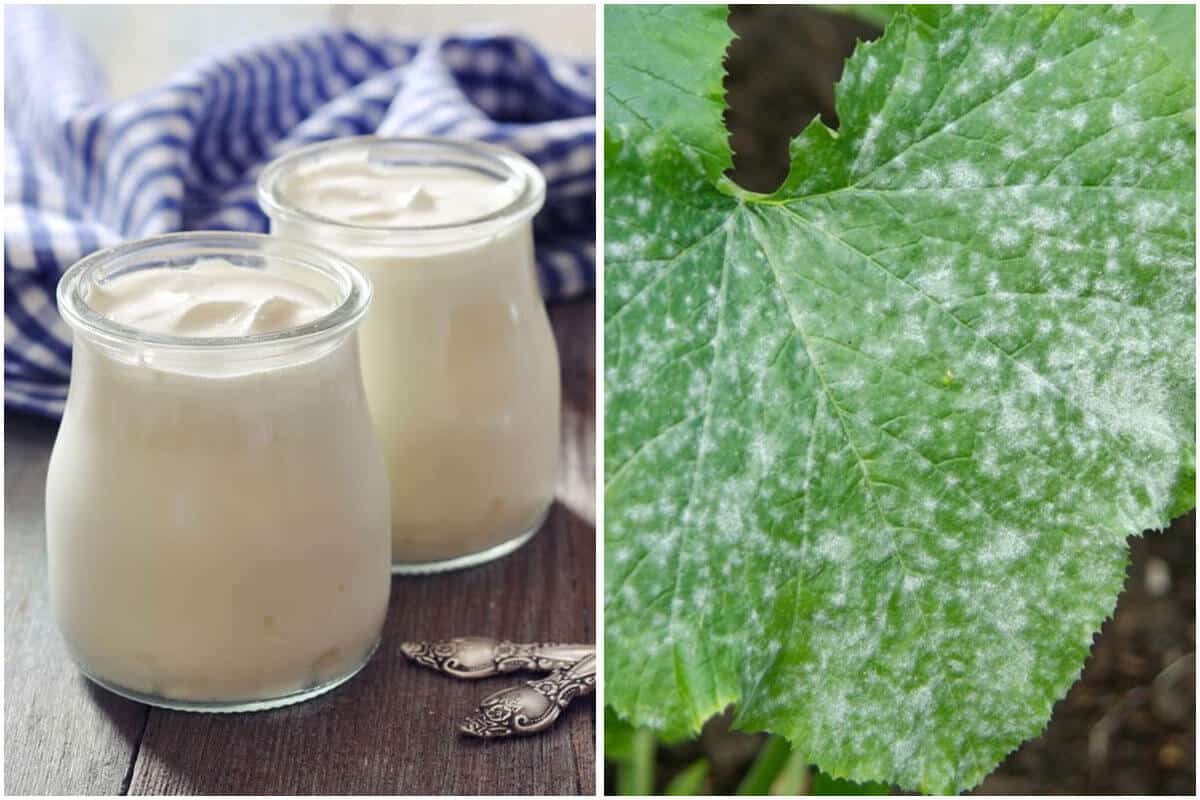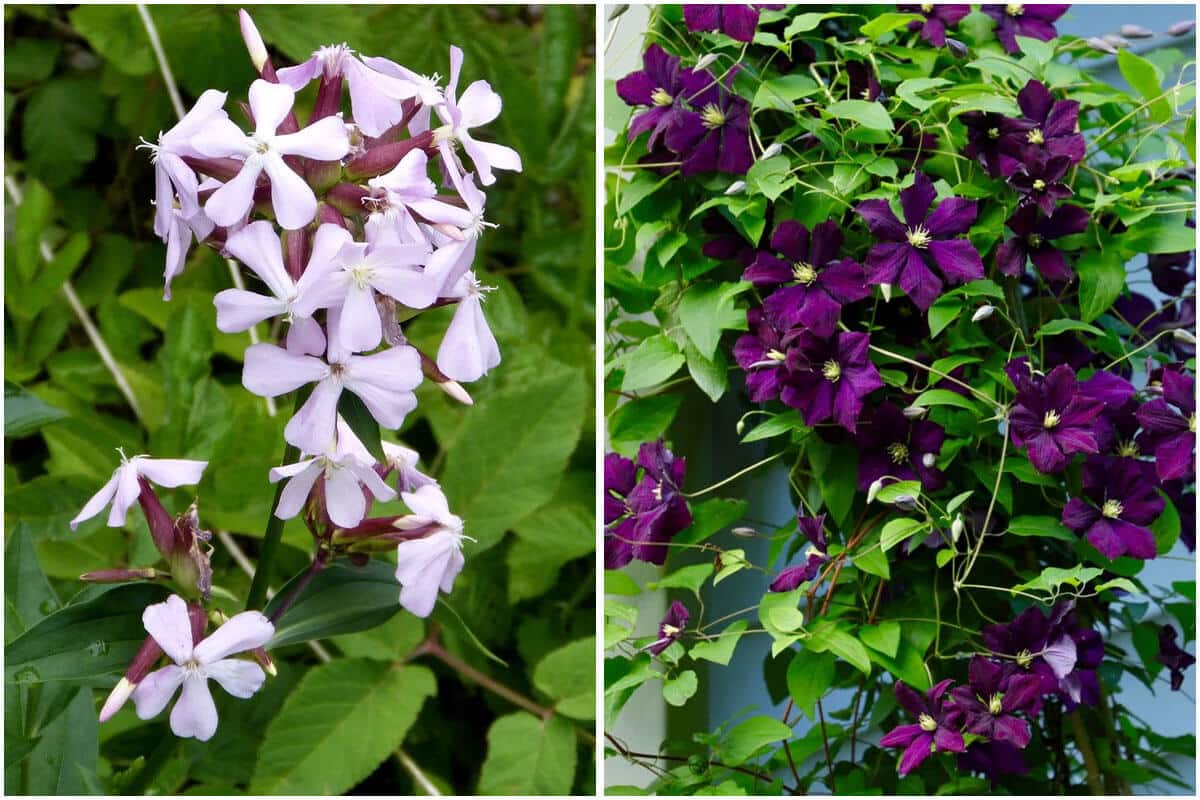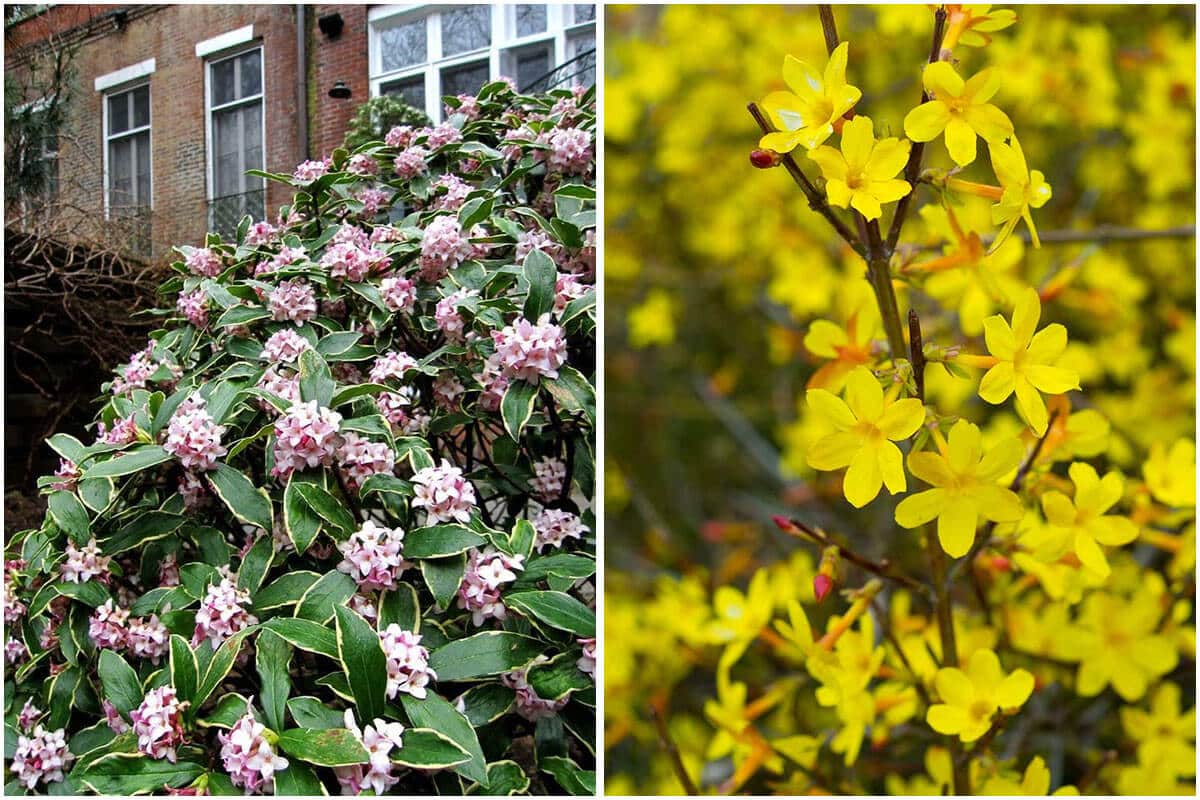#11 Parsley (Petroselinum crispum)

Plant and harvest parsley as normal in its first year. In its second season, allow it to flower and set seeds for the third year. The original plant will eventually die back, but this herb self-sows so freely that you will have a permanent parsley patch in no time.
#12 Dill (Anethum graveolens)

Dill is an aromatic annual herb with delicate and lacy foliage. Blooms are followed by a profusion of seeds that will drop to the ground and pop up the following year.
#13 Arugula (Eruca versicaria)

Arugula is best harvested early in the summer when its leaves and still young and tender. Leave the flowers on the plant and it will reliably self-sow.
#14 Mountain Spinach (Atriplex hortensis)

When mountain spinach goes to seed, it will bear attractive flower heads that turn into branches covered with papery seed pods, each containing a single black seed.
#15 Carrot (Daucus carota subsp. sativus)

When harvesting them after their first season, leave a few carrots in the ground to overwinter. Their lacy foliage will die back but the underground taproot will survive cold and frost. The next spring, the overwintered carrots will spring back into action, putting out leaves and developing pretty umbel flowers. The blooms will eventually develop into seeds that will drop to the soil for the next season’s crop.
#16 Lettuce (Latuca sativa)

When you harvest lettuce as a cut and come again crop, snipping off just a few leaves at a time per plant, it will continue to develop throughout the season. Because lettuce is a cool-weather crop, it will begin to bolt when temperatures get too warm. Allowing it to flower and complete its reproductive cycle means it will send out fresh volunteers next year.
#17 Cilantro (Coriandrum sativum)

Cilantro is best planted early in the growing season so you can get a good leafy harvest in before it begins to bolt when summer temperatures rise. Removing the flowers as they appear will prolong the harvest, but letting some go to seed will give you another crop.
#18 Kale (Brassica oleracea)

Kale is a highly nutritious, cold-hardy vegetable that will continue to grow and produce leafy greens in temperatures as low as 5°F. Even if you reside in cooler climes, kale plantings will go dormant for the winter – but its root system will remain intact and spring back to life when temperatures warm up again.





